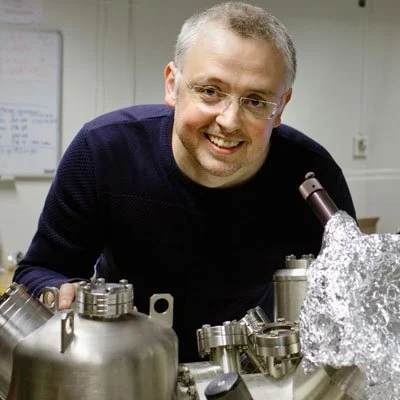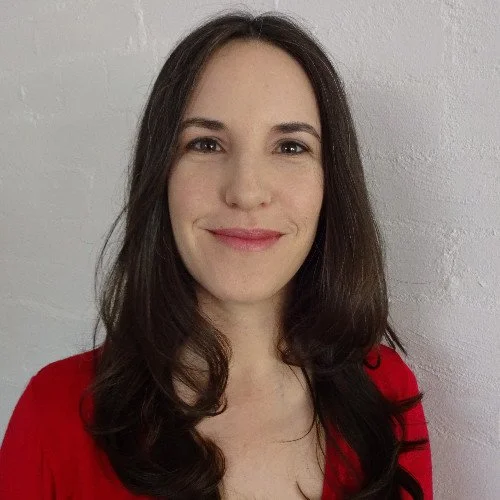ABOUT IMAGING
The Imaging theme covered acquisition, processing and applications in imaging that are relevant to systems using synchrotrons and/or neutron sources. The theme considered all possible length scales and subjects accessible with modern and future methods. The focus was on finding new image reconstruction and/or analysis techniques that can help to extract meaningful information from x-ray/neutron imaging data and on connecting different methodologies and competences in order to shed new light on challenges in imaging of different subject matters.
MAJOR EVENTS
CORE GROUP
GUEST RESEARCHERS
WORKING GROUPS
IMAGING WG 1
Working group ON New Opportunities in Imaging with X-rays and Neutrons
Large Scale facilities such as MAXIV and ESS (as well as other similar facilities around the world) offer great new opportunities for imaging of materials and structures. The aim of this WG is: (i) to inform, educate and develop potential user groups of these possibilities towards establishing a strong user base for the techniques and to bring in new user groups; (ii) to provide a forum for bringing together developers and practitioners of some of these techniques to identify and discuss key areas for development, which could grow into larger activities in their own right. There is a particular focus on methods that are relevant to MAXIV and ESS and a key aim is to enhance the possibilities for new scientific developments and applications at these local facilities, but the discussions should also consider possibilities at other facilities.
A key basis of this WG is the observation that a successful mechanisms to enable new science at large scale facilities has been the tight collaboration between a technique developer and a user group with a challenging case. A case that requires non-standard imaging approaches will trigger creativity in applying and developing new techniques. The WG will help to identify and realize such activities.
X-ray Fluorescence Techniques
Coherent Diffraction
IMAGING WG 2
Working group on GeoArCH: Geology, Archaeology and Cultural Heritage
Geological and Archaeological Working Group for the development of imaging using synchrotrons and neutron sources. The new large infrastructures at LU (MAXIV and ESS) will play an important role to merge interests across faculties and move research forward. Both geology and archaeology are strongly favoured by this. To achieve this, researchers in archaeology in particular need to gain knowledge about how both synchrotron and neutron sources can be used. This working group intends to organise at least five events, one kick-off conference and 4 workshops, as well as specific campaigns for beam time.
IMAGING WG 3
Working group on X-ray and neutron imaging applications in SOIL SCIENCEs
X-ray and neutron imaging provide opportunities to ‘see’ into generally opaque soil systems and have great potential to address important research questions in soil and, more generally, environmental sciences. It is important to promote applications of the techniques within the fields and ensure continuous collaboration between soil and beamline scientists at institutions such as MAX IV, ESS and synchrotrons around the world. Better communication and knowledge transfer could ensure exchange of advances in sample preparation techniques, efficient measurement protocols and inspiration in matching the most urgent research questions of the field with advances in analysis methods. The working group will address these needs and organize a series of international workshops which will (I) provide basic knowledge about X-ray and neutron imaging techniques for new users from soil and environmental sciences, (II) give scientific inspiration in form of application examples of different synchrotron and neutron techniques in the field, (III) help in establishing a network between soil scientists (both the ones that are already using X-ray and neutron imaging techniques and the ones that are interested in using them) and beamline scientists and (IV) lead to new collaborations. Such workshops will introduce new expertise to the community of soil scientists, namely in how X-ray and neutron imaging can be used as tools to address questions in their research.
imaging wg 4
working group on TBS: tomography of biological samples
Passing from morphology to function is one of the most important challenges that the biomedical community nowadays confronts. Scientists working with biological tissue are most often using visible light microscopy to inspect the samples. The passage from the classical visible light microscopy to tomographic methods should not be described as a simple change of tools. The rapid evolution and the complexity of tomographic methods, deriving from the extensive use of numerical methods and the diversity of beam lights, demands a tight collaboration between biomedical scientists, image analysts, physicists and engineers.
Biological tissues can be studied in two different conditions: ex-vivo and in-vivo, both posing peculiar issues that need to be addressed. In both cases, preservation of their structure during imaging is mandatory. Nonetheless, this is not only a problem of simple preservation of the material. In fact, this already poses an interdisciplinary problem: the interaction between the biological tissue and the type/duration of incident beam. Moreover, the evaluation of tomographic scans requires often competence in mathematical image analysis that exceed the competences of biomedical scientists. In-vivo samples pose an even higher level of challenges. They regard A) the motion of the living parts (hence the necessity of developing solutions for tracking and registering parts of the images), B) the building of different instrument set-ups with life-support for living samples, ranging from simple cell solutions to an entire animal under general anaesthesia.
imaging wg 5
working group on food science and technology
The full understanding of the complexity of food and food processes requires a combination of techniques and a new toolbox with unsurpassed spatial, chemical and time resolution. MAX IV and ESS will provide unprecedented opportunities for materials sciences and a unique opportunity, both to directly deliver new knowledge required for the understanding of food materials and food related processes but also to provide renewal and thus to strengthen overall science driven development of this major industry. There is an opportunity now to bring leading investigative tools and to attract scientific talent so that major challenges in the food industry and in food science and technology are addressed so as to ensure that Sweden is world-leading in a future industry sector that is technology driven.
However, while the facilities offer advanced technologies for the study of matter it is necessary to build up competences for the use of these techniques in the Swedish food science and food industry sector. It is also of importance to start developing the necessary experimental environments and shape the facilities so that they are suitable to tackle the food specific challenges and development.
Northern Lights on Food website.
imaging wg 6
Working group on quantim: image quantification
The Working Group will enhance the exploitation of complex (mainly 3D) datasets to enable better or new science by giving scientific interpretation to these data. We will create a network consisting of scientists in diverse fields (i.e. biology, geology, material science, palaeontology) and specialists in image analysis.
Quantim has 3 specific aims:
- Establish collaboration (first contact) between data owners and
data scientists
- Train data owners to use analysis tools so they can interpret the
data
- Build a well functioning collection of image analysis tools at
LUNARC













































Former LINXS Co-Director and Food WG 3 member, LINXS fellow
Associate professor at the Dept. of Solid Mechanics at the Faculty of Engineering (LTH), where he is also in charge of the 4D-Imaging Lab x-ray tomography facility. Came to Sweden in 2011 after moving from Laboratoire 3R in Grenoble, France.